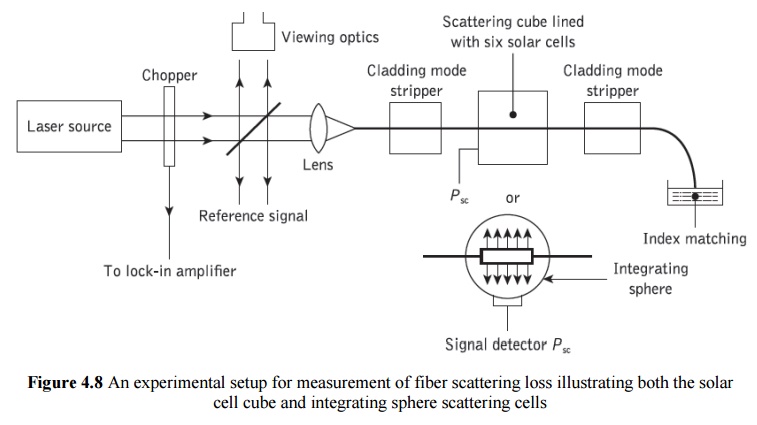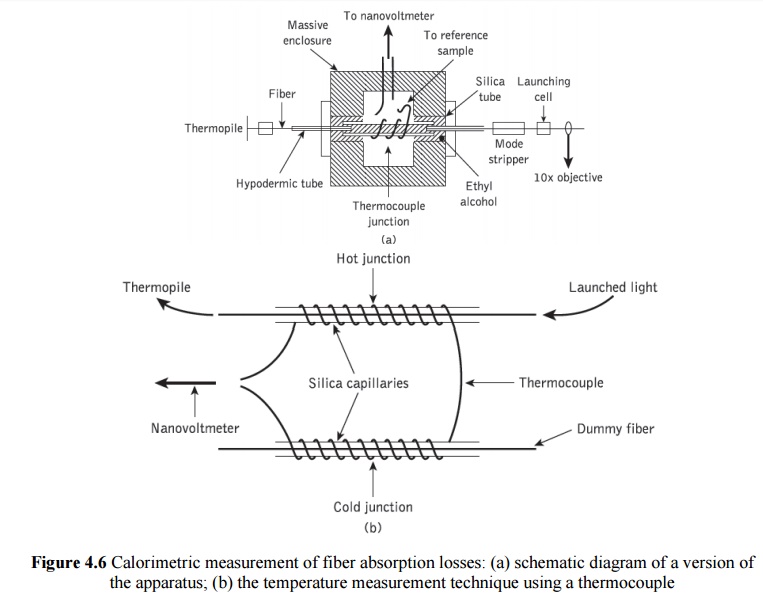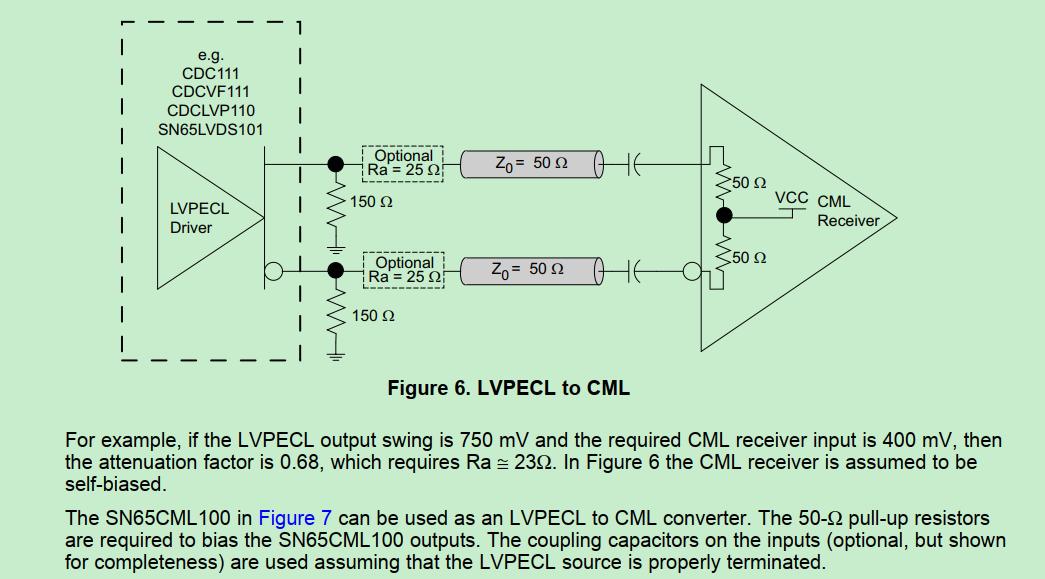Okay, let's talk about measuring attenuation at Port T in CST. Sounds simple, right? Maybe not. Especially if you've ever spent an afternoon wrestling with S-parameters.
First, fire up CST. I assume you've already built your masterpiece. Hopefully, it simulates without melting your CPU.
Find the S-parameter results. They’re hiding somewhere in the navigation tree. Usually under "1D Results". Don't worry, you'll find them eventually. We've all been there.
Now, unpopular opinion time: everyone loves plotting S21. But for attenuation? We need S11 at Port T. Yes, S11!
Why S11? Because we are going to see how much of the signal is reflected back. This is key to figuring out what has been attenuated.
Digging into the S-Parameters
So, we're plotting S11, magnitude in dB. CST loves giving you all sorts of options. Don’t get lost in the choices!
Make sure you selected the correct port 'T' when plotting the S11 magnitude. It will be labeled Port1, Port2, or whatever fancy name you decided to give it.
Zoom in! Get a good look at that squiggly line. That line represents the reflection at Port T over your frequency range.
Converting Reflection to Attenuation
This is where things get...slightly mathematical. But don't worry, we're keeping it simple.
Remember this simple equation: Attenuation ≈ -S11(dB). That’s it. Boom.
Read the value of the reflected power S11 at the frequency you're interested in. Then, flip the sign. Voila! That's your attenuation. Kinda.
Okay, okay, it's an approximation. But a pretty good one for most cases. Especially if you're just trying to get a general idea.
Dealing with Messy Results
Sometimes, your S11 plot looks like a toddler attacked it with a crayon. Spiky, noisy, and generally unhelpful.
Smoothing is your friend! CST has smoothing functions. Use them liberally. Make that line a bit easier on the eyes.
You can also adjust the simulation settings. Maybe increase the mesh density? Or tweak the solver settings. Play around! It is a simulator.
Why This "Unorthodox" Method?
Because it's fast! And often good enough. We're not building rockets here, right?
S21 from input to the port will give you insertion loss. We are just trying to see what is not returning to the port. It's all about perspective.
Plus, it forces you to think about what S-parameters actually mean. And that's always a good thing.
Ultimately, trust your gut. Does the number make sense? Is it in the ballpark of what you expected?
If something looks wildly wrong, double-check your simulation setup. A misplaced component or a typo can ruin your day.
And if all else fails? Google it! Or ask a colleague. We've all needed help with CST at some point.
So, there you have it. Measuring attenuation at Port T with a slightly unconventional twist. Go forth and simulate!
Just don't blame me if your supervisor yells at you. 😉
























